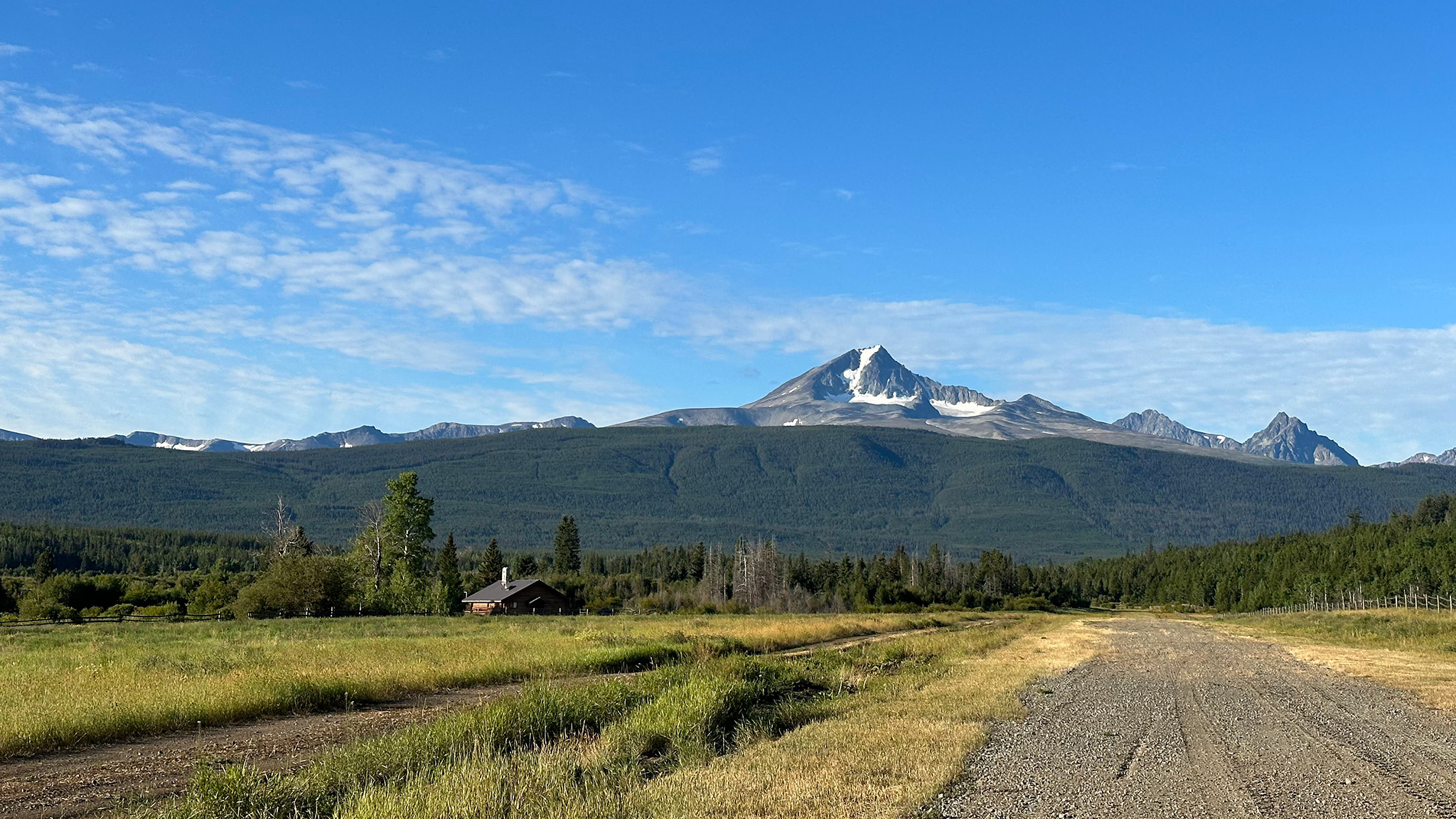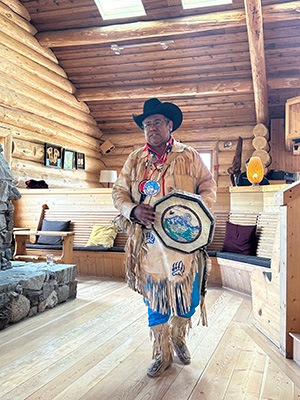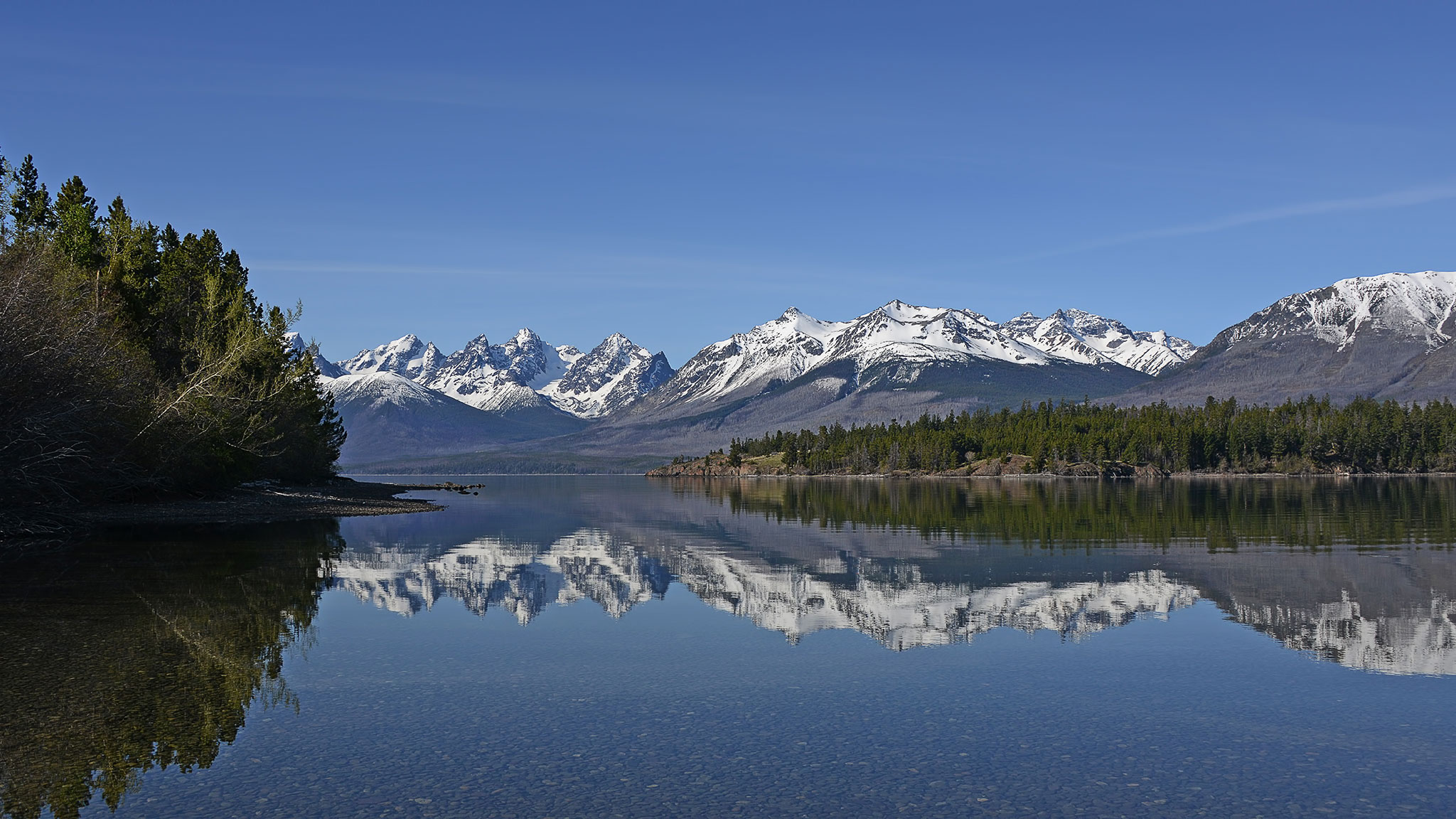Calling all adventure seekers and wilderness enthusiasts! Nestled deep within the Cariboo Chilcotin Coast region of British Columbia, Nemaiah Valley is the ultimate wilderness escape on the West Coast, a hidden gem for those willing to venture into roads less travelled.
Belonging to the traditional territory of the Xeni Gwet’in (hon-ay gwi-teen) First Nation, this untouched area is an invitation to disconnect from the busy everyday life as you canoe through pristine lakes, hike up mountains to watch the wildlife, immerse in Indigenous culture and relax with breathtaking views as your backdrop. Are you ready?

Nemiah Valley Lodge | Flavia Marcondes
A Remote Land with Plenty to Do
Forget about your phone – yes, there is no reception in Nemaiah Valley – and while you will not find many convenience stores in this part of the world, you can still embark on a stress-free, luxury getaway. For those looking for a comfortable stay and unique Indigenous experiences, Nemiah Valley Lodge is the place to visit. The resort offers all-inclusive packages with modern log cabins, delicious meals, private access to Vedan Lake, and incredible daily adventures such as Indigenous Healing, Wild Horse Viewing, and hiking and boating adventures that will make you want to extend your stay for a little bit longer!
Not too far from there, travellers looking for a self-service adventure may find just what they are looking for at Chaunigan Lake Lodge. This lakefront resort offers comfortable cabins and a variety of activities such as fishing, hiking, boating, and wellness in their packages. Guests with standard bookings are invited to bring in their own food and beverages and are welcome to use the lodge facilities to cook their preferred meals.
Immerse Yourself in Indigenous Culture

Beyond its natural beauty, Nemaiah Valley is rich in Indigenous culture and guests have the opportunity to visit Xeni Gwet’in Traditional Village on the shores of Chilko Lake, as well as participate in a Smudging Ceremony, a meditative process to cleanse one’s body and hands with smoke from native plants. Cultural experiences are guided by a Xeni Ambassador and can be booked with the team at Nemiah Valley Lodge.
Wildlife at Its Best
One of the Nemaiah Valley’s highlights is the chance to witness incredible wildlife right at your doorstep. The valley is home to one of the last remaining herds of wild horses found in North America, and they live in harmony with grizzly bears, black bears, moose, eagles, and birds that inhabit the region.
Wildlife is abundant in the valley and you don’t even need to wander far from your accommodation to spot it! Take a walk to the lake and watch black bears feeding from on berries and nuts, hike a nearby mountain for views of galloping horses in the wild, go paddleboarding and watch birds flying high and low while you breathe in the fresh mountain air. Nemaiah Valley’s untouched land truly captures the hearts of all who venture there.
How to get to Nemaiah Valley

Jeremy Voght
Nemaiah Valley is located approximately 350 kilometres (217 miles) north of Vancouver and sits on the edge of the Chilcotin Plateau, on the east side of the Coastal Mountains. Getting to Nemaiah Valley is no ordinary road trip, but it is certainly a journey worth every bump along the way.
For those adventuring by car, you can either drive north on Highway 1 or take the Sea-to-Sky Highway through Whistler and Lillooet to get to Williams Lake. From there, continue your journey west on Highway 20 for approximately 190 km (118 mi). Here, your trip gets really off-the-grid: turn onto Taseko Lake Road and soak in the landscape while you journey deep into the valley along a gravel road (please note that low-clearance vehicles are not recommended).
If you are looking for a faster way to arrive at your destination, you can book a commercial flight with Pacific Coastal Airlines to Williams Lake and drive from there, or consider Charter Services from both Pacific Coast and Coastal Mountain Air, landing at one of the private lodges in the valley.

Chilko Lake, BC | David Jacobson
As you embark on your Nemaiah Valley trip, remember to travel responsibly: support local culture and communities, respect the wildlife, and leave no trace. Especially when venturing through remote areas, bring appropriate gear, and do not forget to pack an emergency kit and have a map on hand.




